Hydration packs - how mountain biking's original hydration system became fashionable again
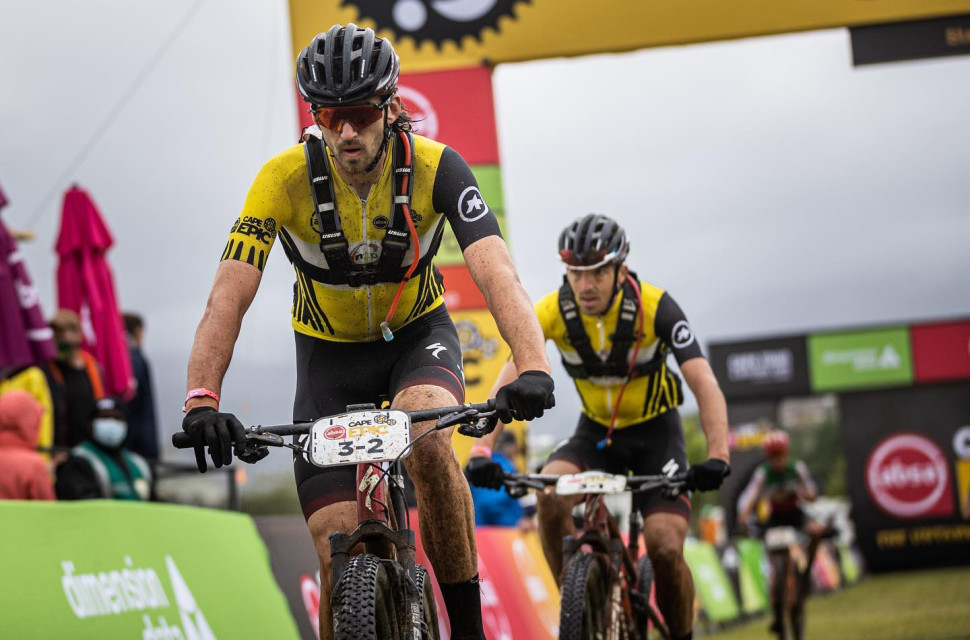
Off-road riding and hydration have been an issue since those first mountain bikes ventured onto the trails of Mount Tamalpais, in Marin County during the 1970s. Significantly hot and dry Northern Hemisphere summers have started to reframe how riders think about carrying their hydration: bottled or packed? The humble hydration bottle has served mountain bikers for decades. If it was good enough for endurance road and adventure riders, it was good enough for mountain biking.
- MTB bar ends - the rise and fall of MTB's earliest trend
- Enduro mountain biking - everything you need to know
- MTB enduro racing for beginners - how to prepare for your first race
But road riding doesn’t route through areas where there’s no water. You can always divert and stop at a shop to refill. And then there’s the issue of rugged terrain and water bottles being ejected from their cages when rolling down a fast and technical section of singletrack.
Industrial designers and product specialists solved the issue of water bottles becoming singletrack littered with reinforced cages featuring more tension and gripper points. But with all things in mountain biking, the desire for innovation and better hydration management was never going to stop at more secure water bottles.
Why did hydration packs happen?
For riders in semi-arid and desert environments, the issue of carrying more hydration went way beyond water bottles. During the 1990s, a revolution in portable sports hydration happened: the hydration pack.
Camelbak is the brand most synonymous with hydration packs, and it changed the way mountain bikers thought about hydration. However, it was initially dismissed as a gimmick and only surged in popularity after soldiers proved the product’s utility during the 1991 Gulf War.
As mountain bike tyre, suspension and frame technology improved, average riders explored more technical trails, with rides becoming longer and more exhausting, requiring better hydration resources. Products like Camelbak offered the advantage of complete kit security (they were never going to fall off a rider’s back), added storage compartments for tools, and nutrition and the benefit of some marginal cushioning for the upper back in a crash.
Clever soft-bite nozzles and magnetic tube clamps made the hydration pack much easier for newbies or nervous riders to drink from, compared to reaching down into the frame’s main triangle and retrieving a water bottle with its hard-bite plastic nozzle.
If hydration packs are so amazing, why aren’t more people riding with them? The truth is that mild climate European riding, but for a few weeks in peak summer, isn’t that taxing regarding heat management. But this is changing as global temperatures increase, which has refocused riders on the usefulness of a hydration pack.
off.road.cc on WhatsApp
All the latest offroad cycling news, tech and buying advice straight to your phone.Follow our WhatsApp channel here
Hydration pack benefits
Drinking from a hydration pack while riding is easier than handling a bottle. It’s simple ergonomics. Handling a bulky 750ml bottle while trying to clear a long, corrugated fired road climb with a loose surface under your tyres doesn’t make for easy refreshment.
With a hydration pack, the nozzle is clipped to the pack harness, mere inches from your mouth, making it much easier to reach and drink from. Especially when riding along at speed or climbing a steep section of trail on a sweltering day, when you need immediate refreshment and don’t want to be reaching for, handling or dropping a bottle, with your heart rate peaking.
Additional carrying capacity for tools, keys, nutrition and spares is another function that hydration packs offer, which water bottles don’t. Although the science around it is more anecdotal than test-verified, a full hydration pack can (marginally) shield your upper back from bruising and injury during a crash.
What are the drawbacks of hydration systems?
As with any gear choice in mountain biking, there are disadvantages to the hydration pack. The first of which is ride comfort. Some mountain bikers might find a hydration pack annoying on a three to five-hour route.
On a scorching day, the hydration pack constricted airflow over the back no matter how sophisticated your riding jersey’s ventilation is. In extremely hot conditions, this ‘hot spot’ effect can become very uncomfortable on a long ride.
Riders must also consider how sensitive they are to centre of gravity changes on the trail. When descending, a mountain bike frame carrying two large water bottles might feel more responsive to ride than having that hydration volume on your back, awkwardly moving around at a much higher centre of gravity.
There is also the issue of hygiene and value. Hydration packs are more of a burden to clean and keep hygienic than water bottles, and they cost a lot more. If you are poor with your hydration pack bladder’s cleaning discipline, it will develop mould, and you’ll need a new one, which isn’t cheap. By comparison, water bottles are much easier to clean, and if they eventually start developing some mould, they’re cheap to replace.
If you are easily annoyed by even a minor bit of fabric flapping around when riding, wearing a hydration pack on your back might be triggering. The latest generation of water bottles and cages don’t eject themselves in technical terrain and are better to drink from than a period 1980s mountain bike bottle.
Mountain bike frames and bottle designs have advanced in response to the popularity of hydration packs. There are now water bottles with magnetic clips, which keep them very securely fastened and prevent ejection from a cage if you roll through a technical rock garden a bit too fast. Carrying capacity has also improved, with larger volume bottles, featuring better nozzles and superior ergonomics, making them less daunting to reach down, retrieve and drink from while riding along.
A hybrid approach to extreme heat riding
But what is the best hydration-carrying solution for extreme summer mountain biking? The risk of dehydration and heat fatigue is real, and its onset is often sudden, with little warning.
The best example of hydration management must come from an endurance mountain biking event renowned for its extreme heat riding. Now in its 20th year, the Cape Epic has featured stages where temperatures reach 32°C and beyond. Although there are water points on each stage, riders know that in such extreme conditions, hydration is a factor in performance and survival.
For most of the event’s history, it was rare to see a pro cross-country or XCM mountain biker wearing a hydration pack at the Cape Epic. But has changed in recent years, as temperatures at the world’s most testing endurance mountain biking event have soared.
More pro mountain bikers are now relying on a hybrid solution, using a frame's full water bottle mount capacity (mostly two cages, but in some cases, a third mounted on the seatpost), and riding with a hydration pack. During the 2019 Cape Epic, Cannondale riders Henrique Avancini and Manuel Fumic used lightweight hydration packs from USWE. The 2021 Cape Epic champion, Matt Beers, also believes in lightweight hydration packs to complement his on-bike water bottles, when stage temperatures edge close to or exceed 30 degrees.
Mountain bike frames with more suspension travel (140mm+) and daring downhill-biased geometry, have limited room in the front triangle for bottle cages. Suppose you are a trail or enduro rider embarking upon a big day’s riding in the Alps, during peak summer. In that case, the hybrid approach is recommended: a high-capacity hydration pack on the back, and one large volume bottle in that single bottle cage your trail or enduro frame can accommodate.


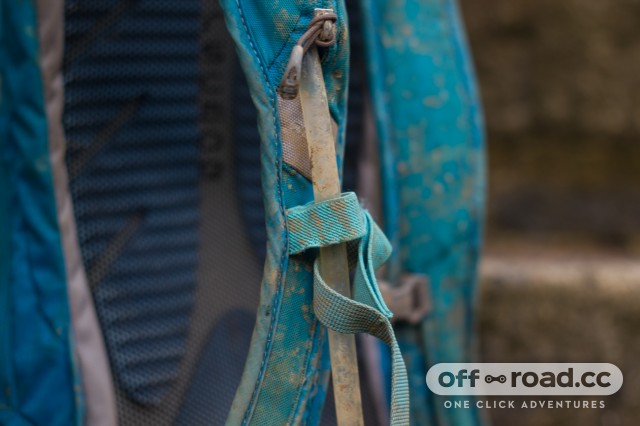
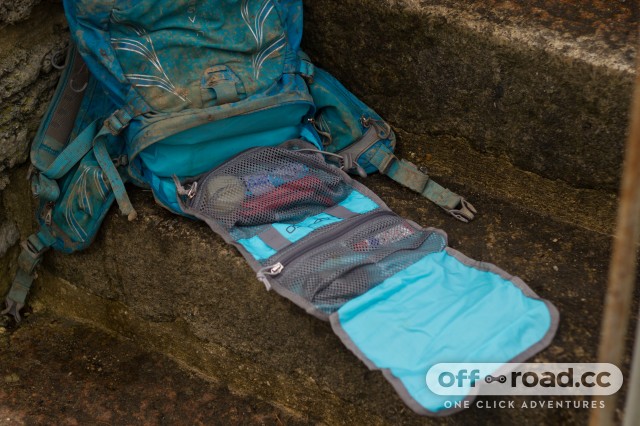



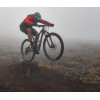

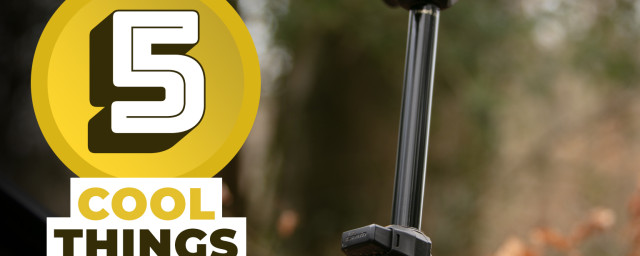


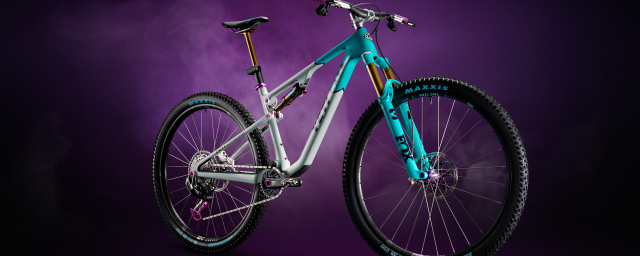



6 comments
No love the humble bum bag aka "fanny"[1] aka hip pack? The conveince of a hydration back pack but without the sweaty back. I find them a really good compromise on an mtb.
1. An anotomically incorrect name unless you're describing how it makes you look.
Frame bladder, camelback launced a frame bag with bladder recently.
I allways use a hydration pack when mtb riding, my scalpel has room for only one small bottle
I find riding with backpack + bladder no problem in hot weather because my Osprey Syncro 20 curves away from my back. Plus the bladder which is filled with iced drink cools the air between bag and spine, so in hot weather it's cooler on my back than without a backpack.
Apidura released bladders designed for use in frame bags a few years back. They fit their own or other company's frame bags.
Several companies make bikepacking frame bags that feature hydration bladders, or a port allowing a hydration hose to feed through.
Someone should make a frame bag with a bladder, a long drinking tube, and some kind of magnetic clip to secure the tube to the frame when not drinking.